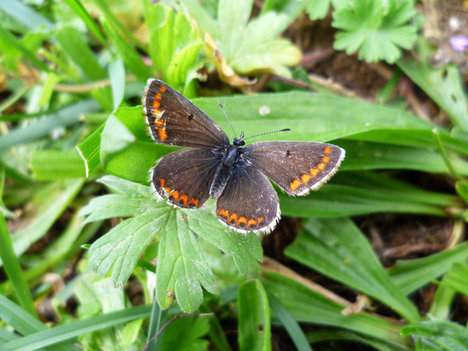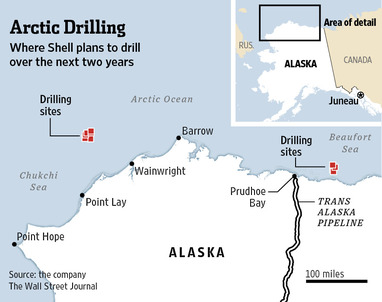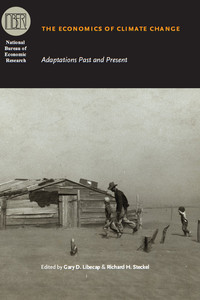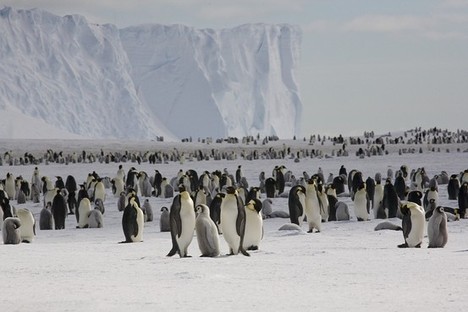(p. 242) This paper has investigated the role of natural disaster shocks in determining gross migration flows, controlling for other place-based features. Using two micro datasets, we documented that in the 1920s and 1930s population was repelled from tornado-prone areas, with a larger effect on potential in-migrants than on existing residents, while flood events were associated with net inmigration. The differential migration responses by disaster type raises the question of whether public efforts at disaster mitigation counteract individual migration decisions. The nascent investment in rebuilding and protecting flood-prone areas could provide one example of public investment crowding out private self-protection (i.e., migration).
(p. 243) In future work, we plan to explore the role of New Deal disaster management more directly by exploiting variation across SEAs in federal expenditures and representation on key congressional committees. We predict that residents of areas that received federal largesse after a disaster in the 1930s will be less likely to move out and that new arrivals may be more likely to move in, while residents of areas that benefited less from New Deal spending will continue to use migration as a means of self-protection.
For the full article, from which the above conclusion is quoted, see:
Boustan, Leah Platt, Matthew E. Kahn, and Paul W. Rhode. “Moving to Higher Ground: Migration Response to Natural Disasters in the Early Twentieth Century.” American Economic Review 102, no. 3 (May 2012): 238-44.






